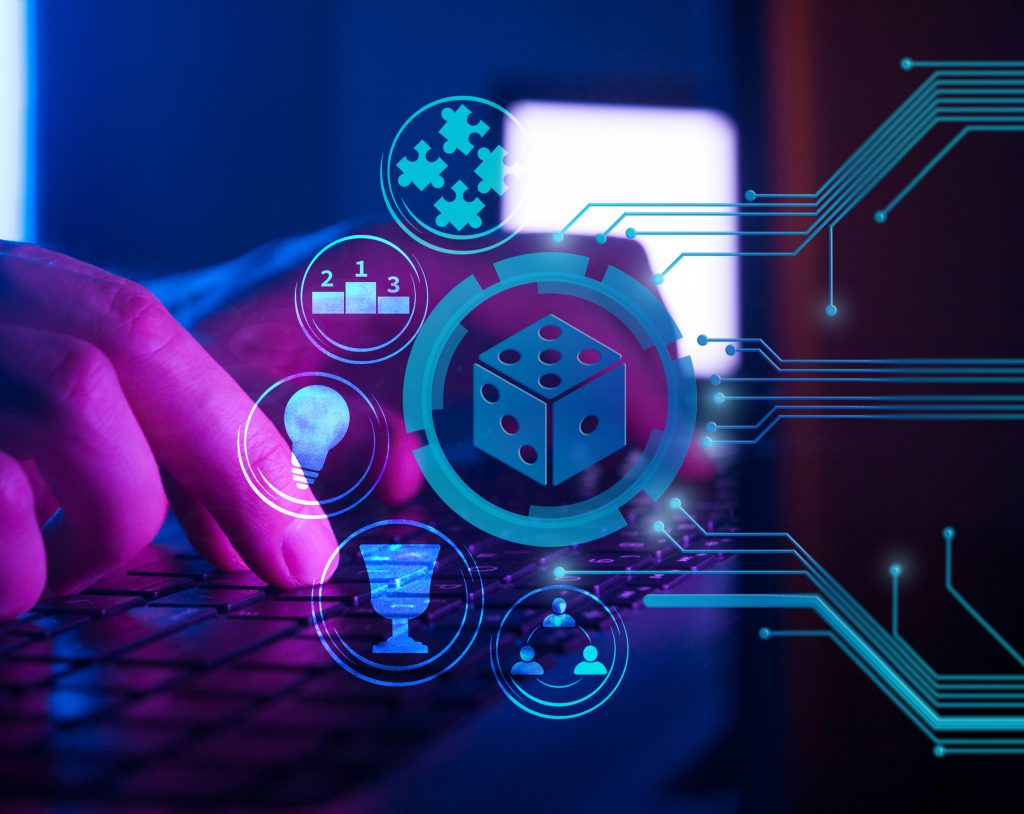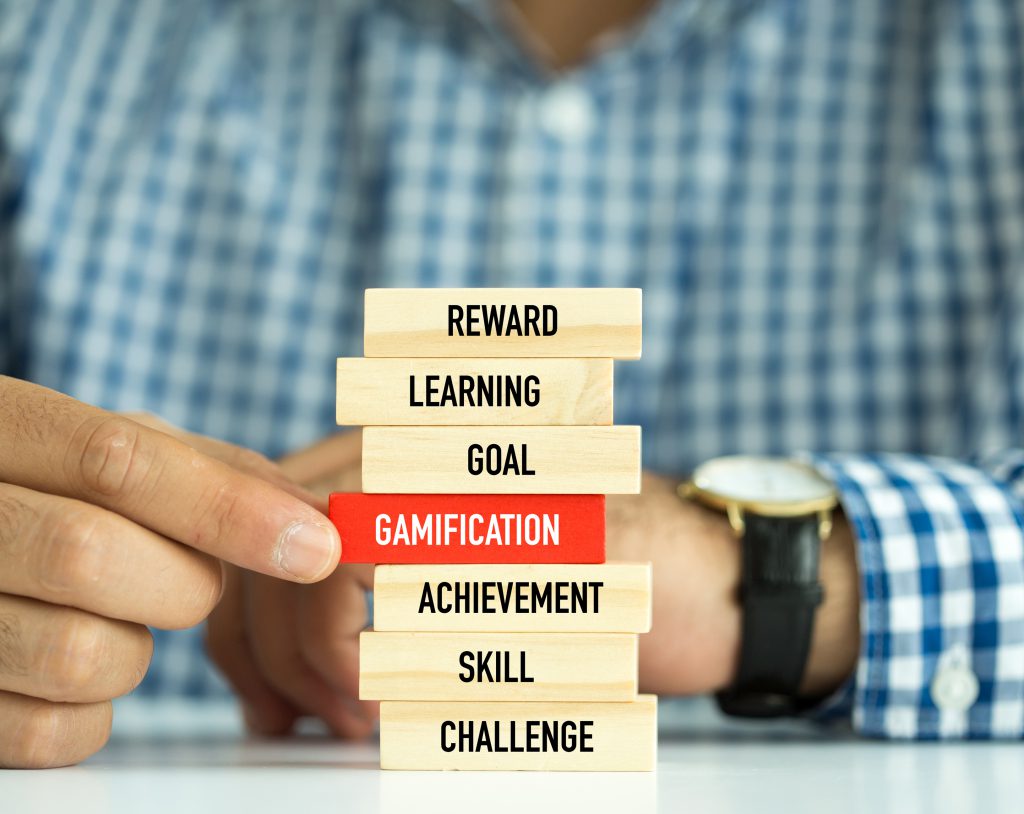
This article aims to shed light on effective learning through Gamification. Globally, companies have slowly yet successfully warmed up to the concept of Gamification to improve employee productivity.
The unprecedented upheaval due to corona virus crisis has proved that the only safest, best option in the new normal corporate training scenario is virtual/digital learning. This new normal in the form of digital learning in the post-pandemic era has been gaining momentum, and we can definitely say that it is here to stay and make our lives pretty easy.
This is why looking for ways to make the eLearning more intriguing, becomes a must. Gamification is one of the many approaches within eLearning, resulting in desired learning output blended with a fun filled and interactive experience

What is Gamification?
Gamification is a training approach that encourages users to learn by using game elements in learning environment. The term ‘Gamification’ which meant “let’s play a game” was first coined by Nick Pelling in 2002.

Why Gamification?
The main objective of any learning program is capturing the learner’s attention. User engagement is necessary for effective learning. Gamification helps the user focus in a unique, fun-filled manner. The rewards and recognition like points, badges, leader boards etc. increase the employee motivation to learn. The reinforcement (positive or negative) in Gamification helps the learner to understand the concept thoroughly.

The desire to win propels the learner to learn continuously. For example, in video games, user finds satisfaction when he/she crosses or wins a level and develops curiosity to further continue to overcome tougher levels. This desire to win each level serves as the motivator in Gamification.

Redesigning courses to fit into a game like situation can be challenging for Instructional designers and L&D professionals, but a boon to learners. An effective learning game requires a solid instructional goal and learning objectives, as well as a clear understanding of the backgrounds and preferences of the target audience for the game.
In conclusion, Gamification has the capacity to improve training programs, by offering real time feedback, creating a love for learning through enjoyable knowledge transfer modes. This thereby meets the modern learners’ demand, which ultimately maximizes performance and productivity.












